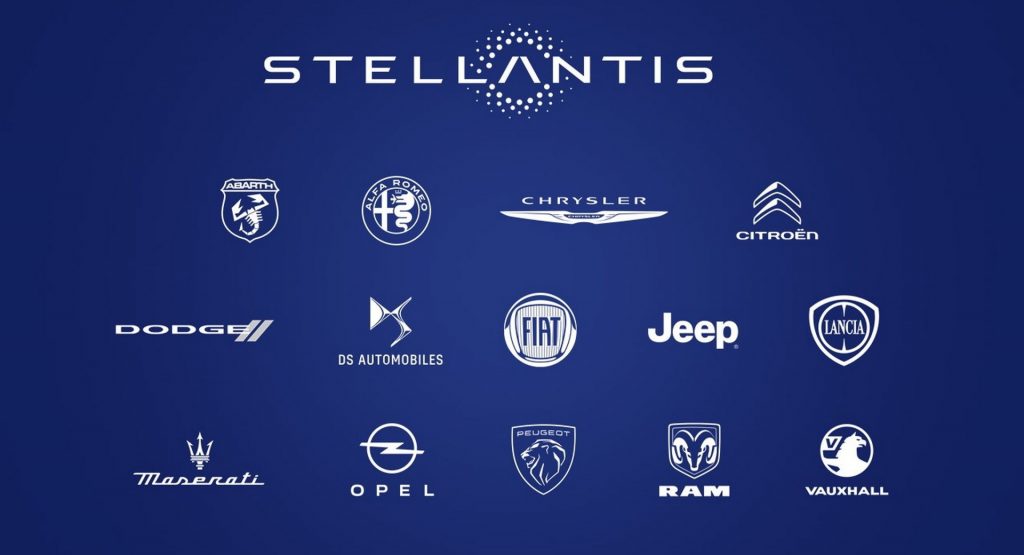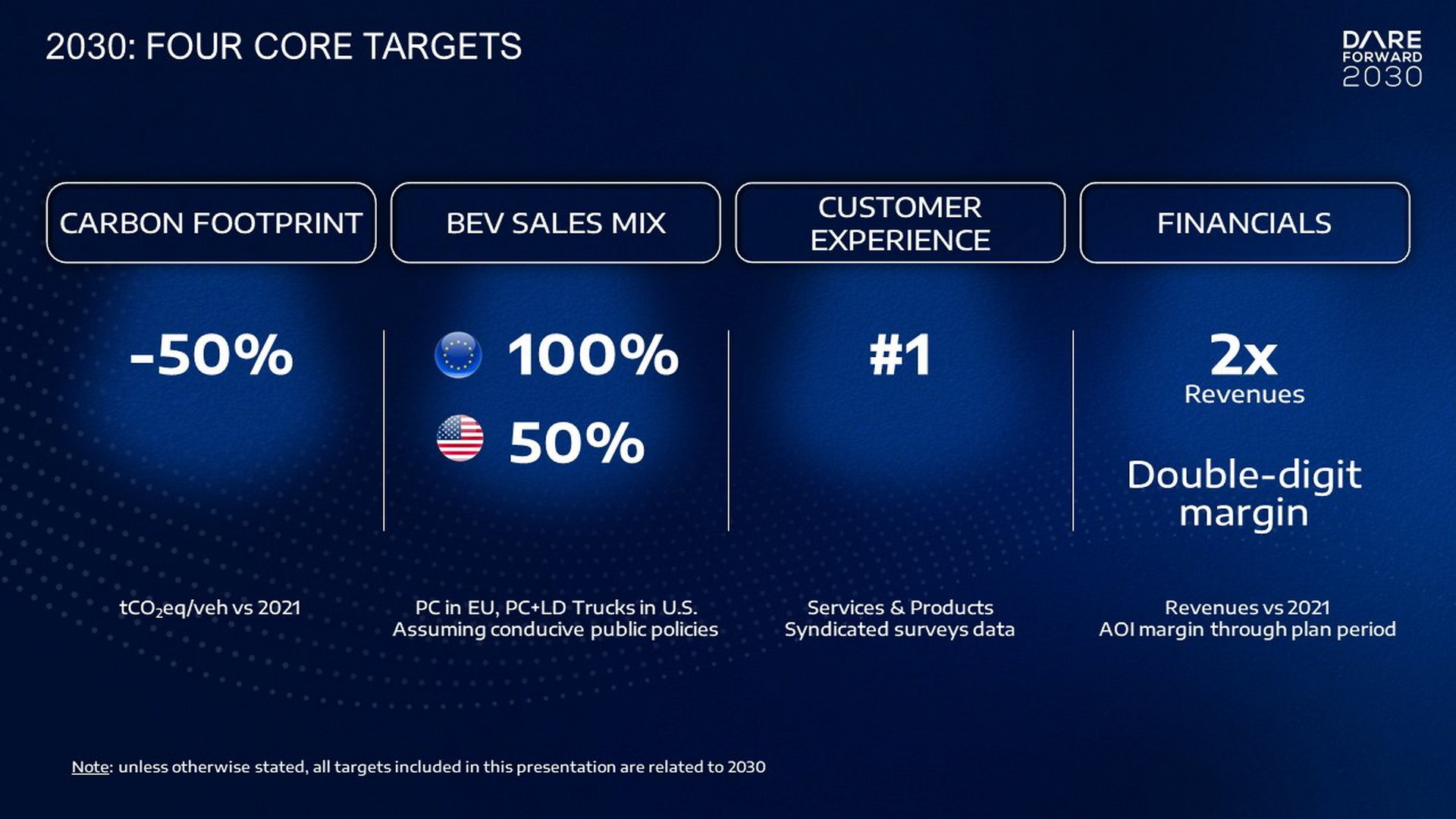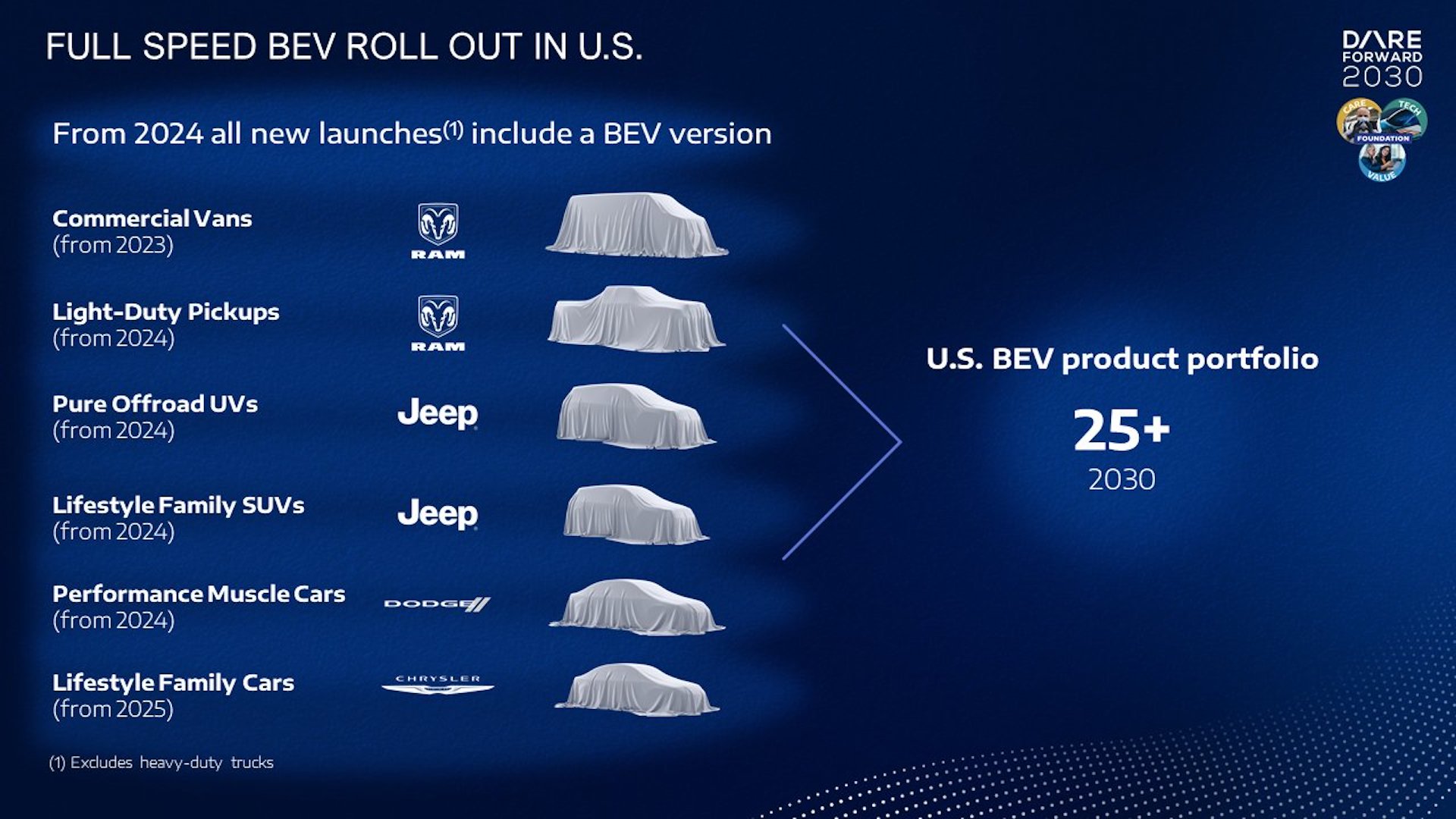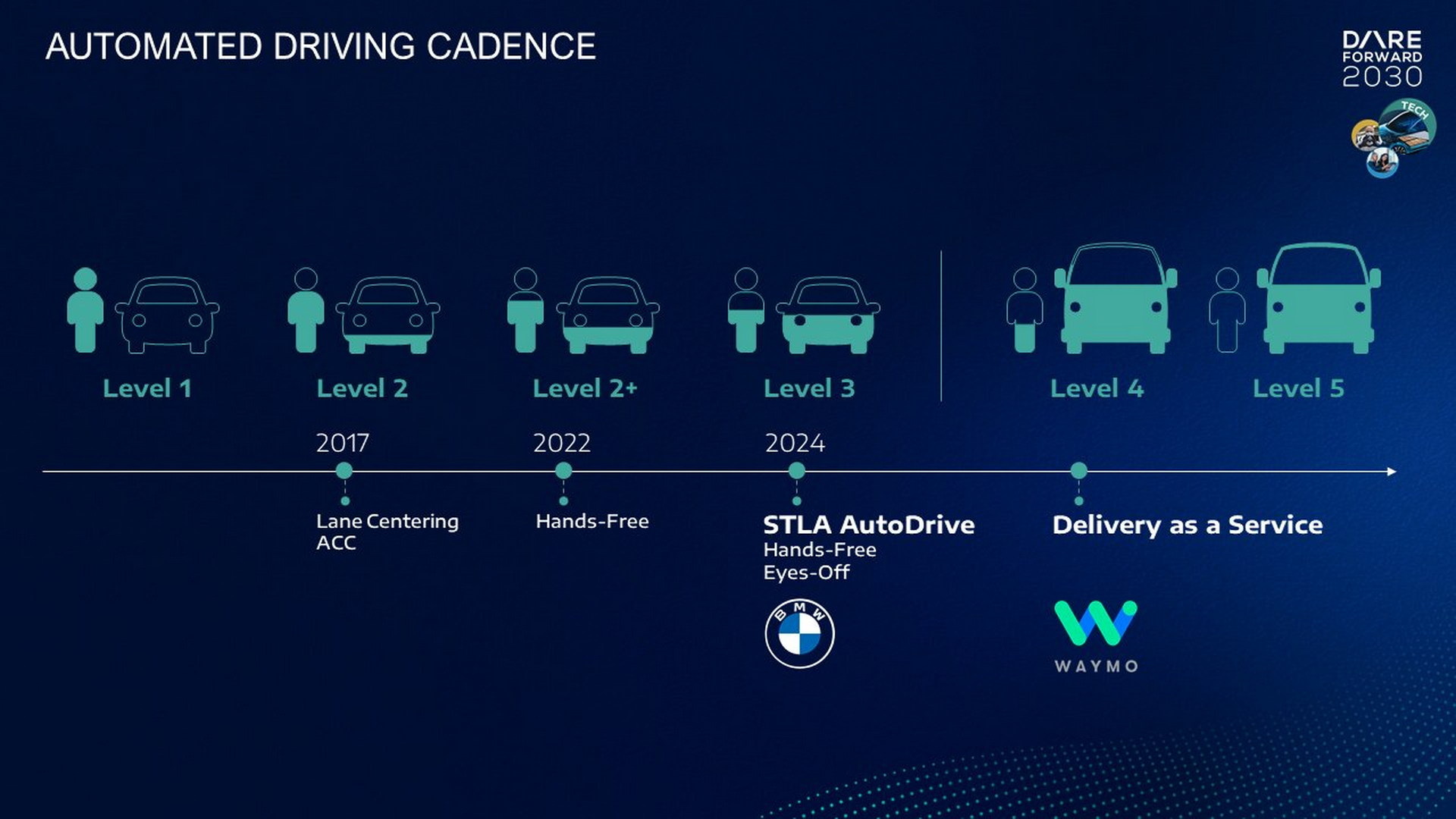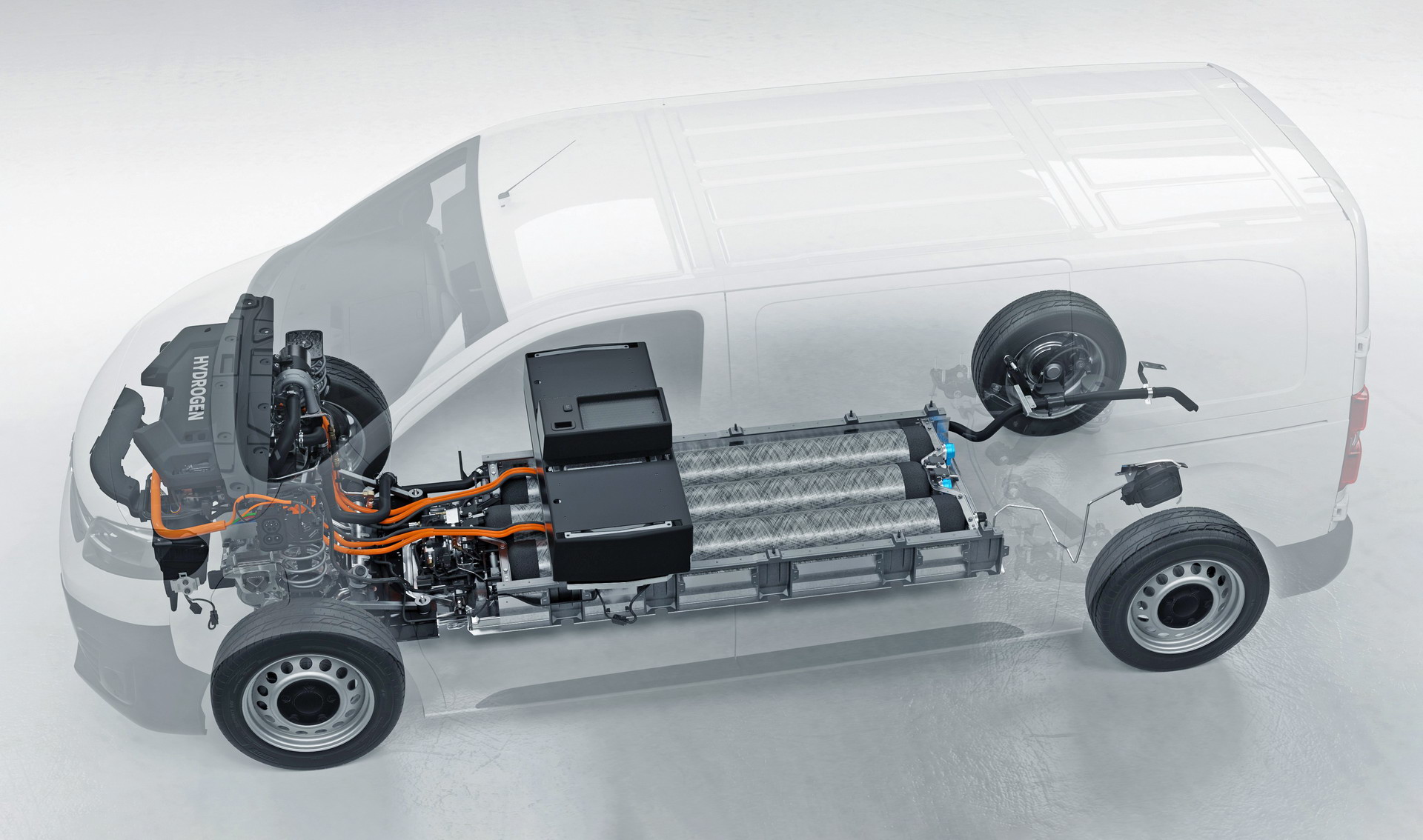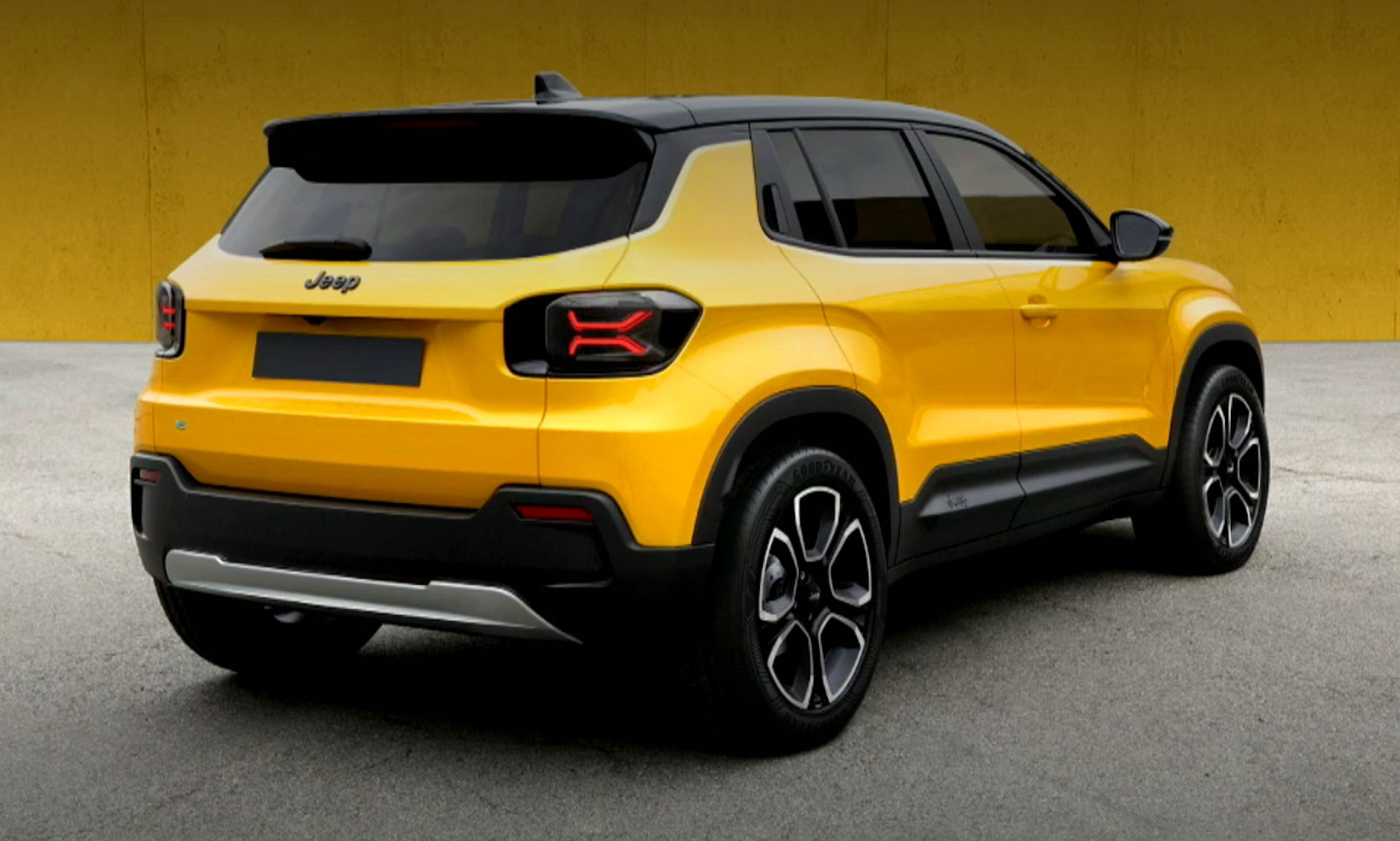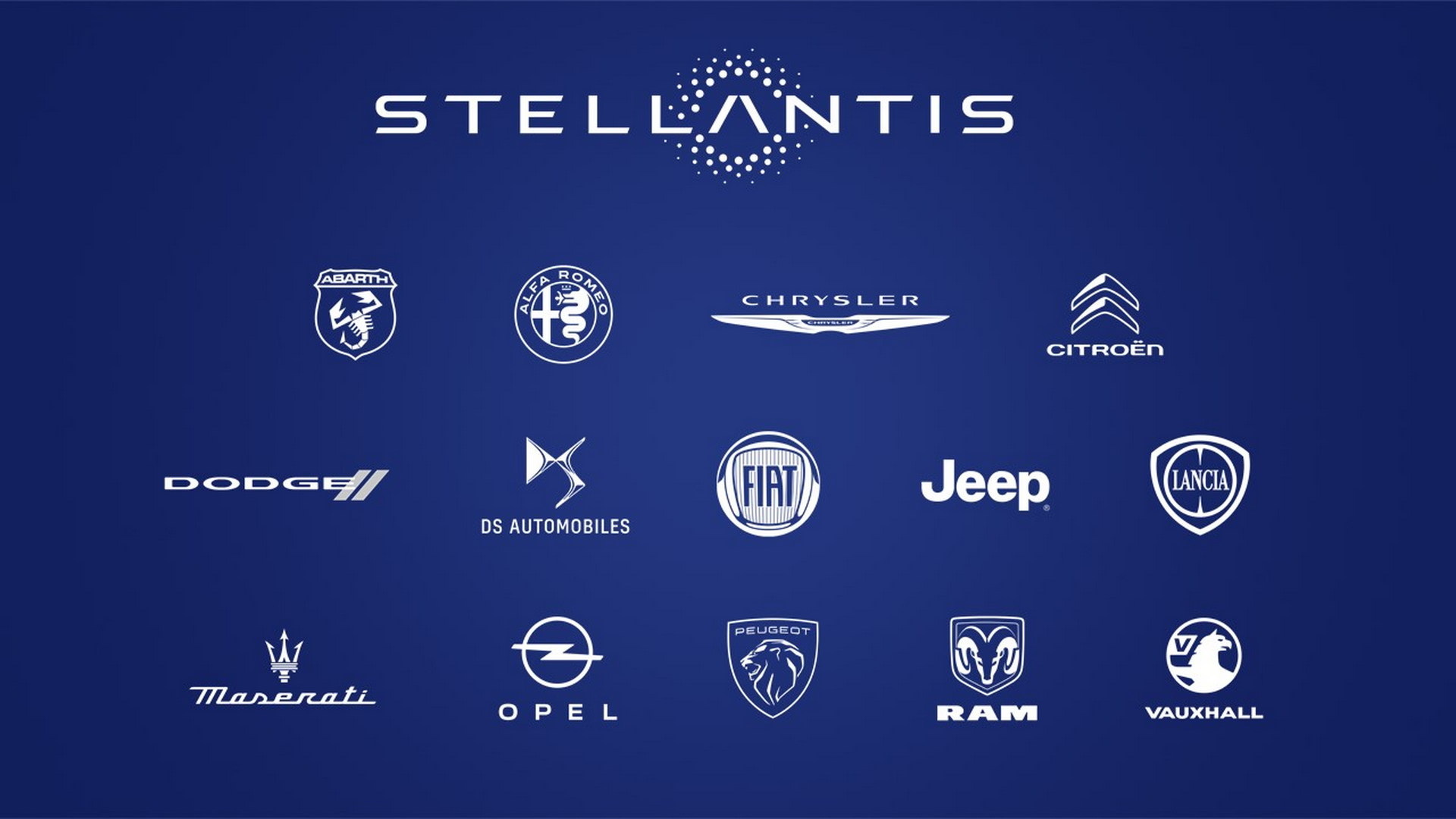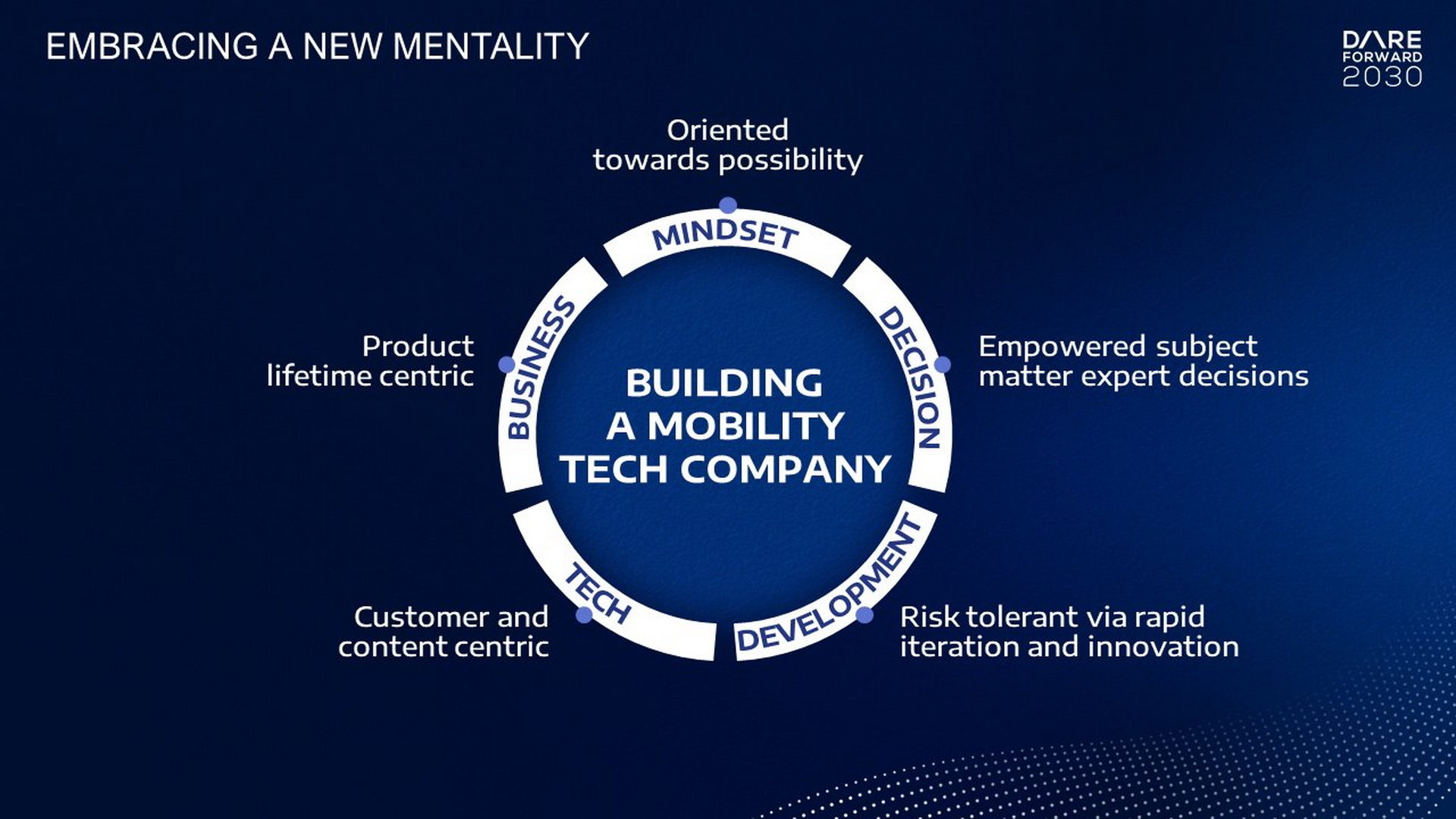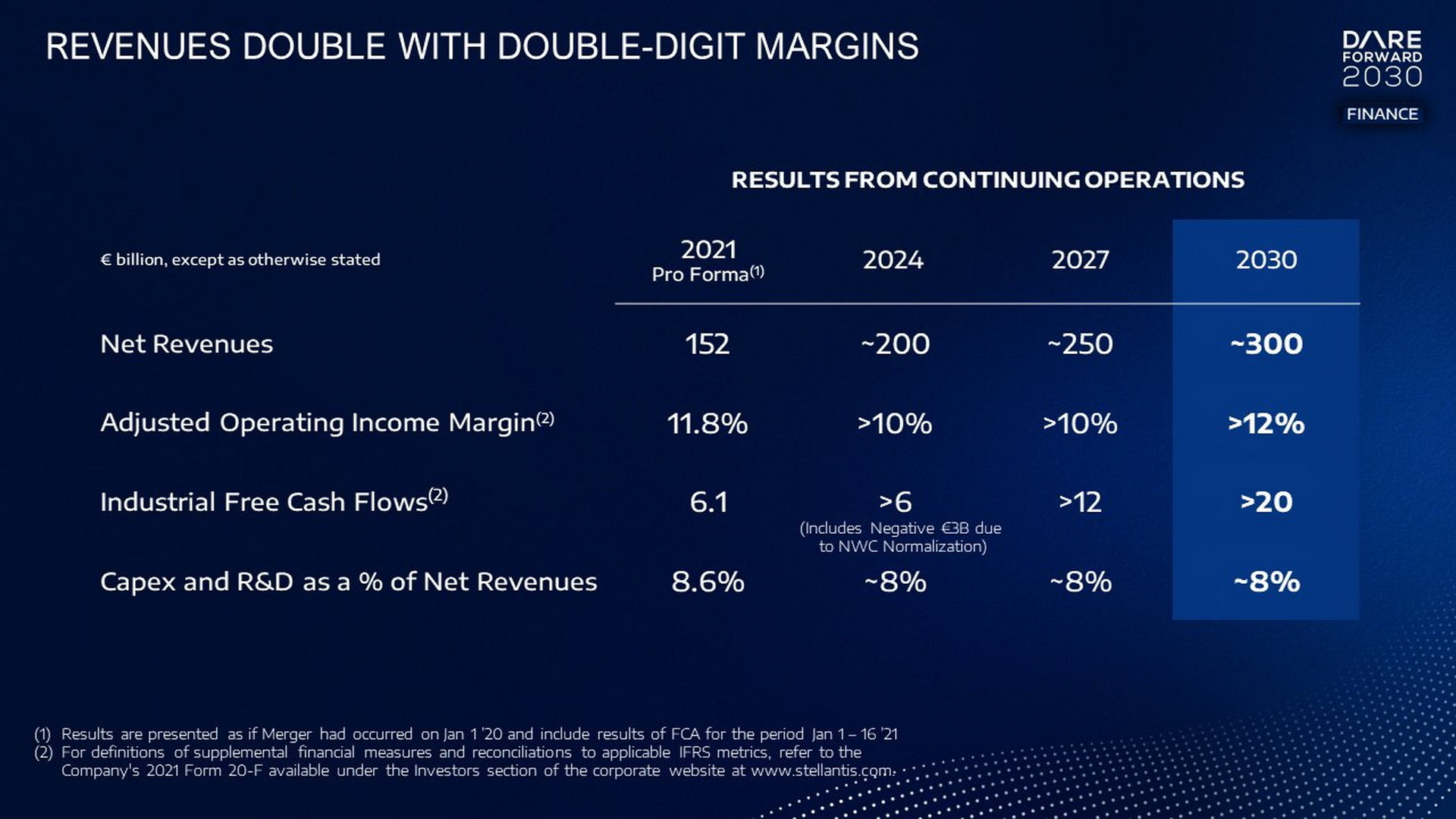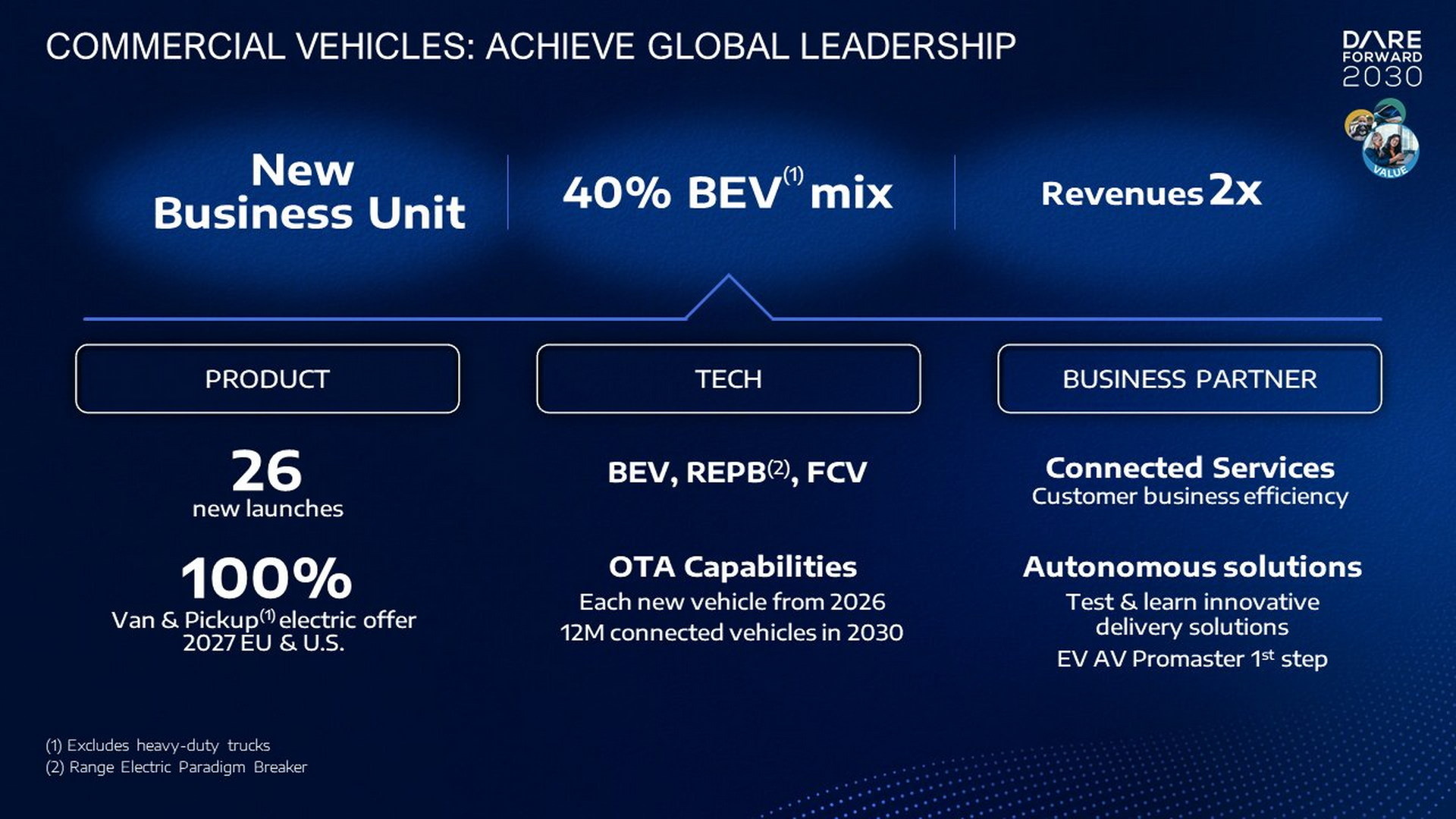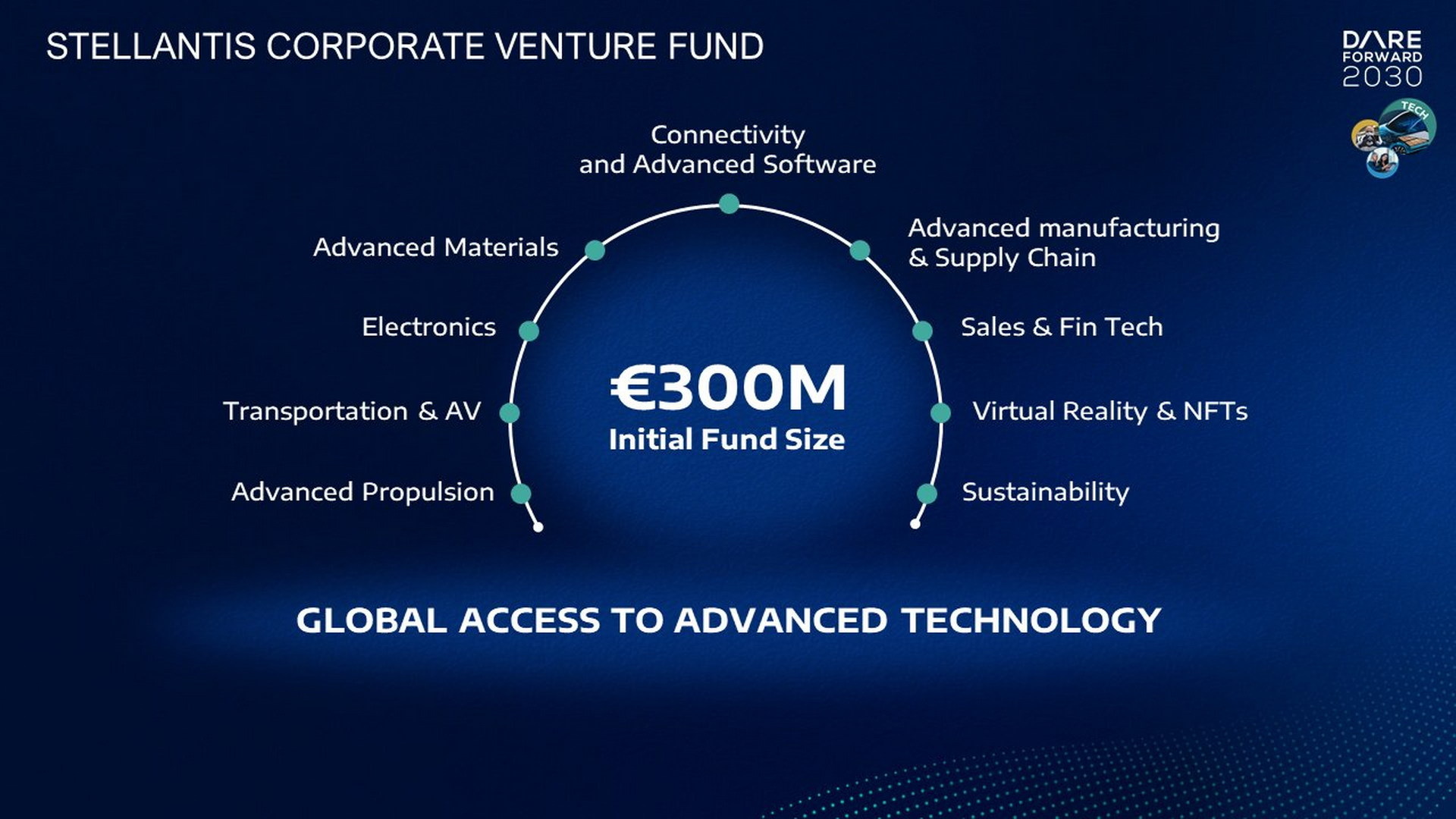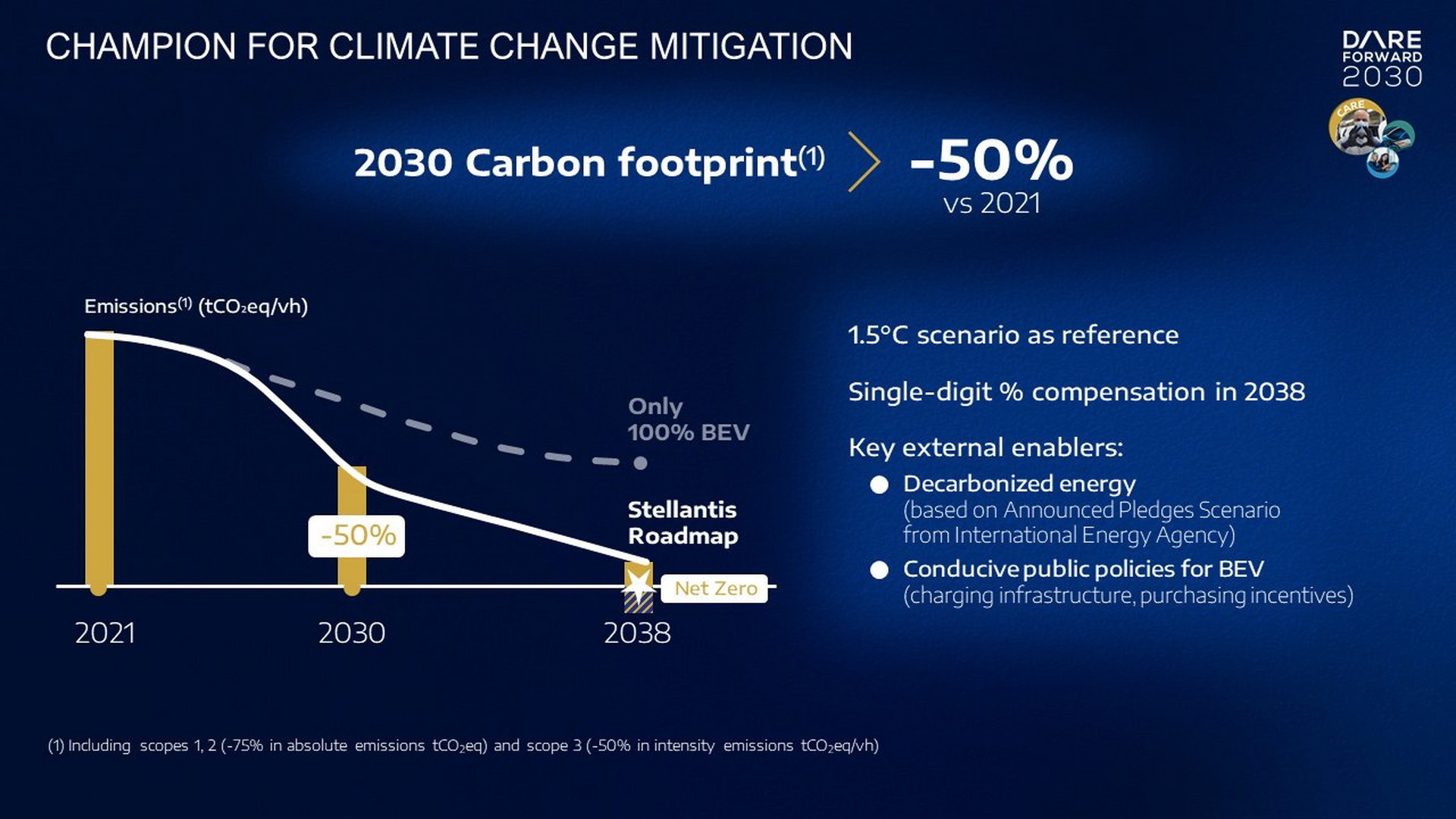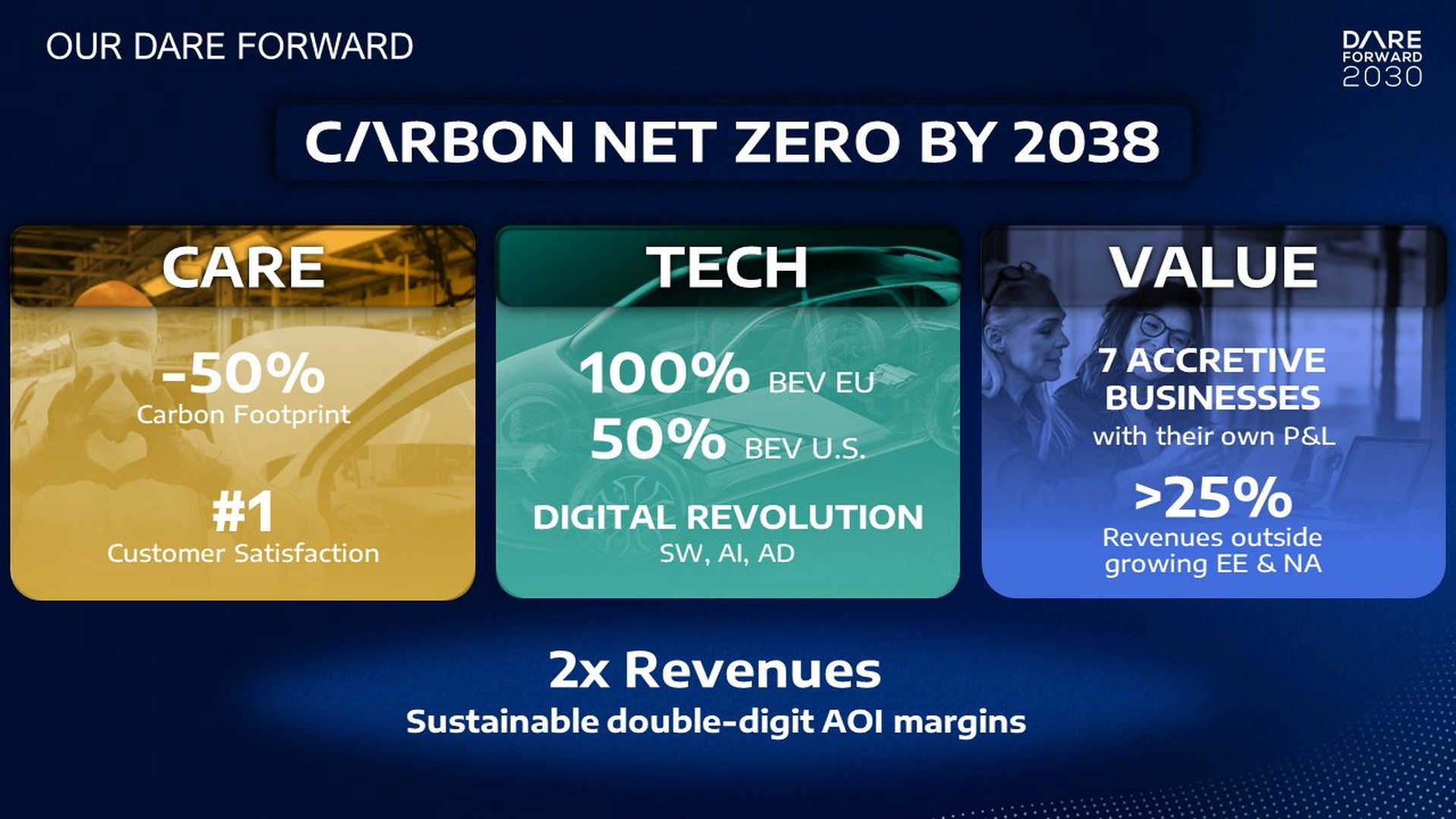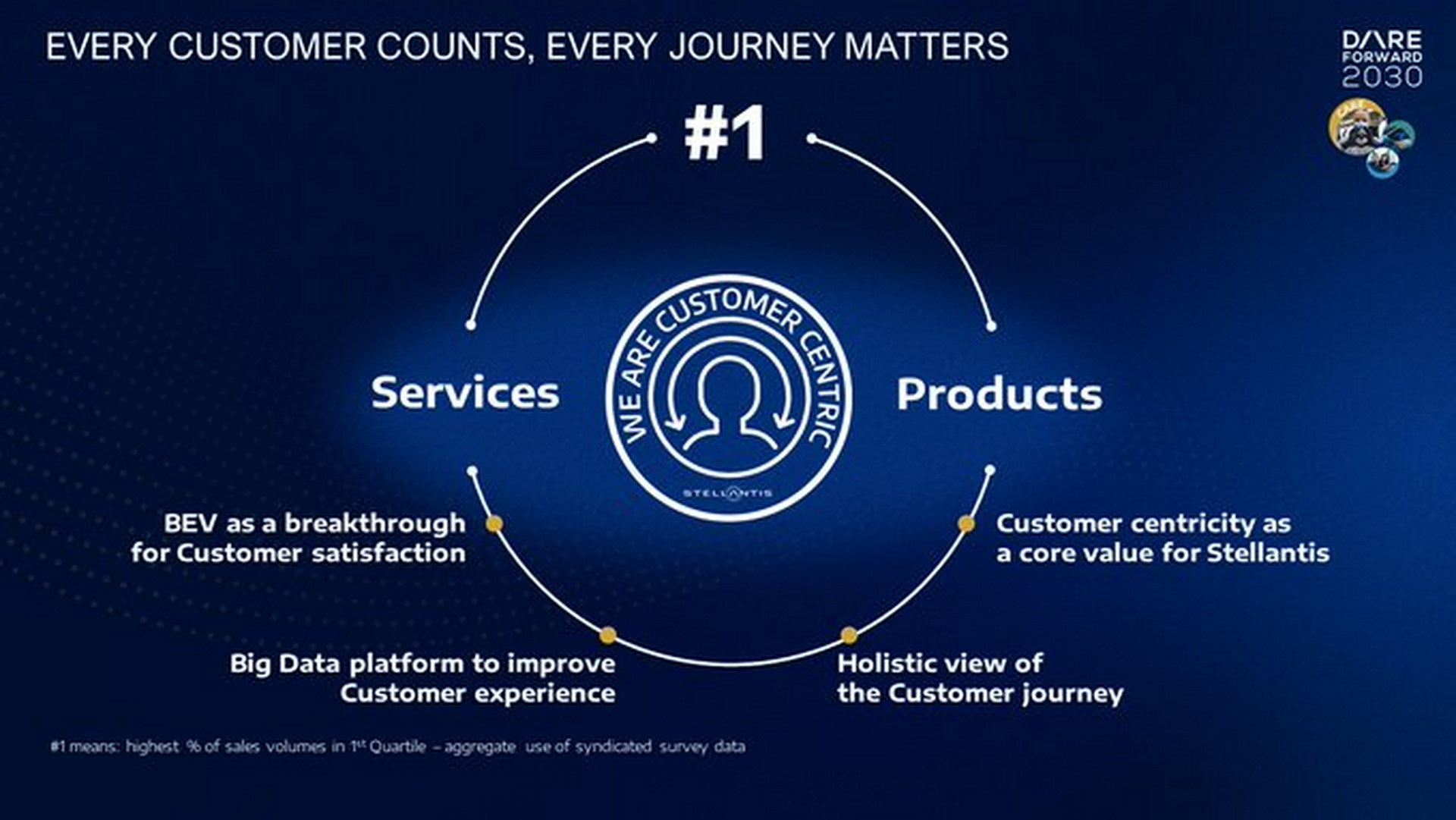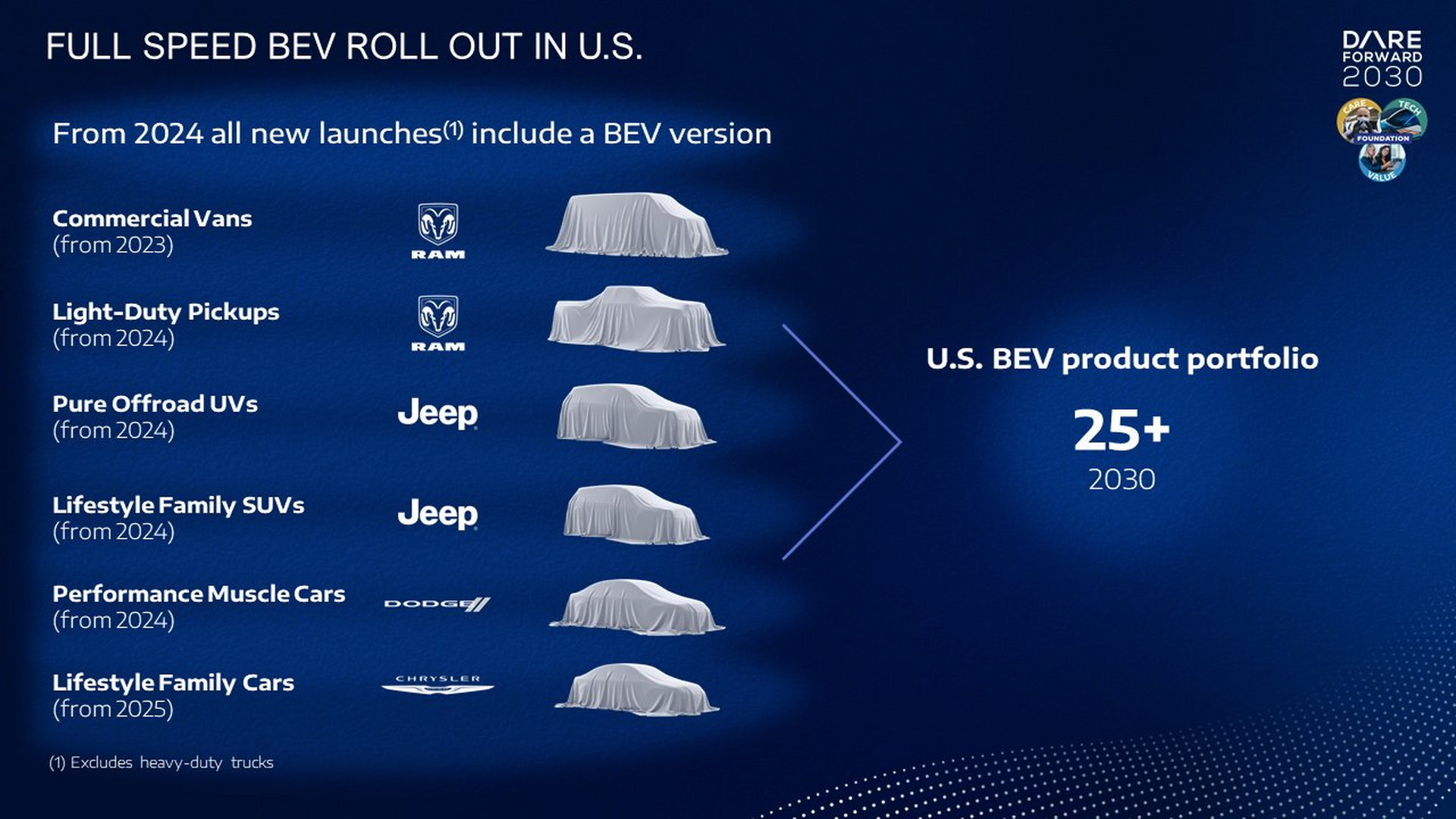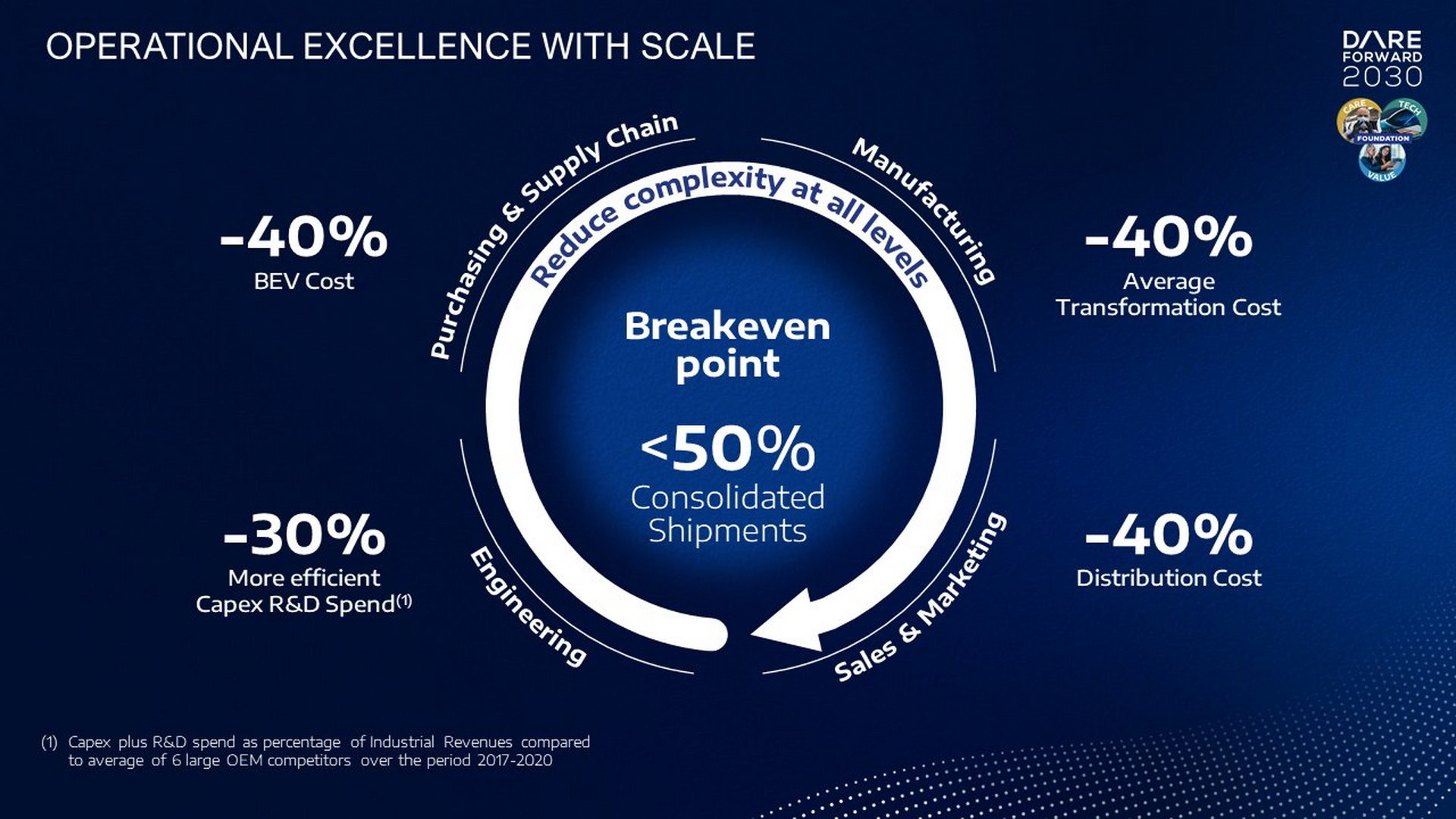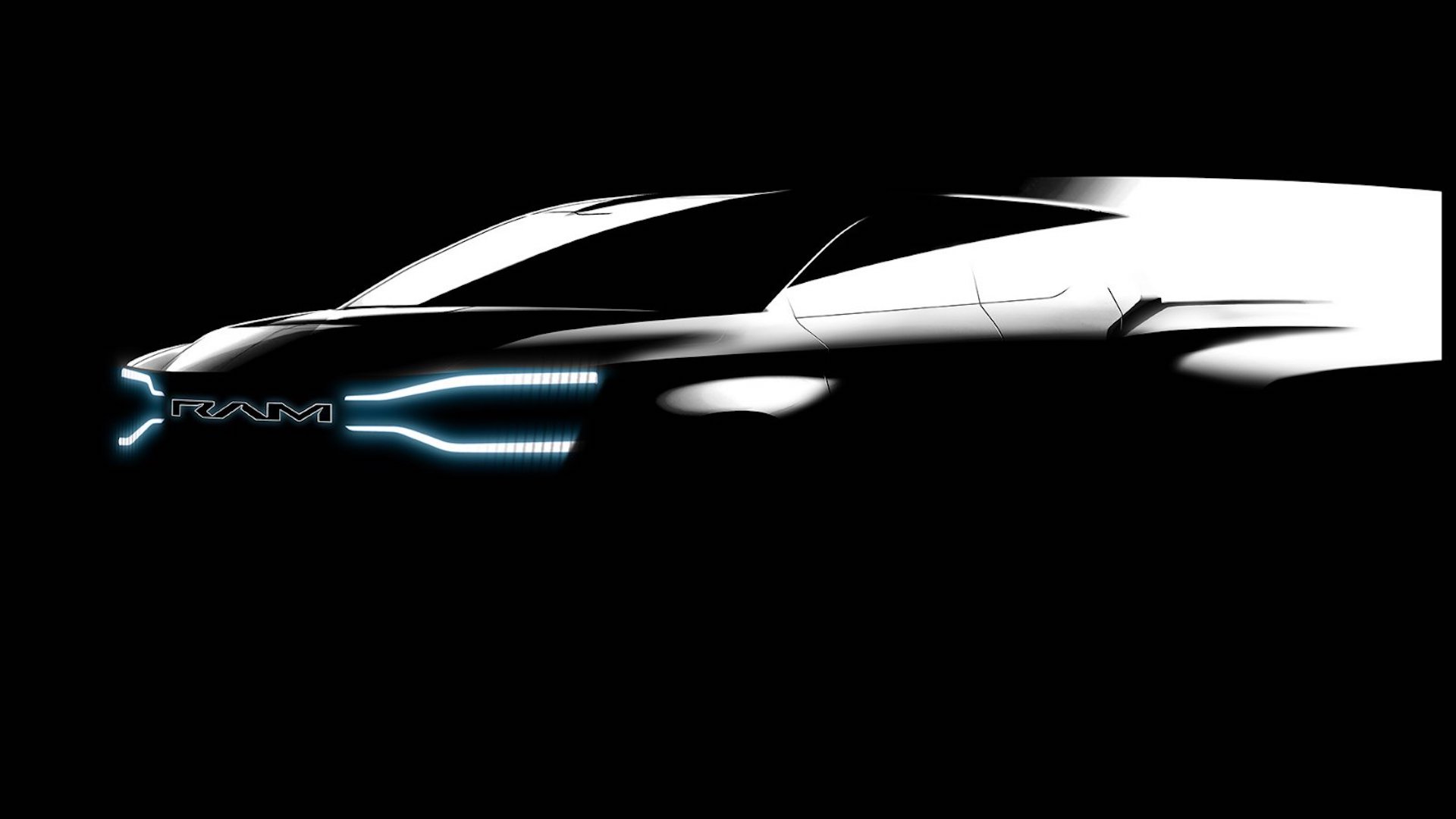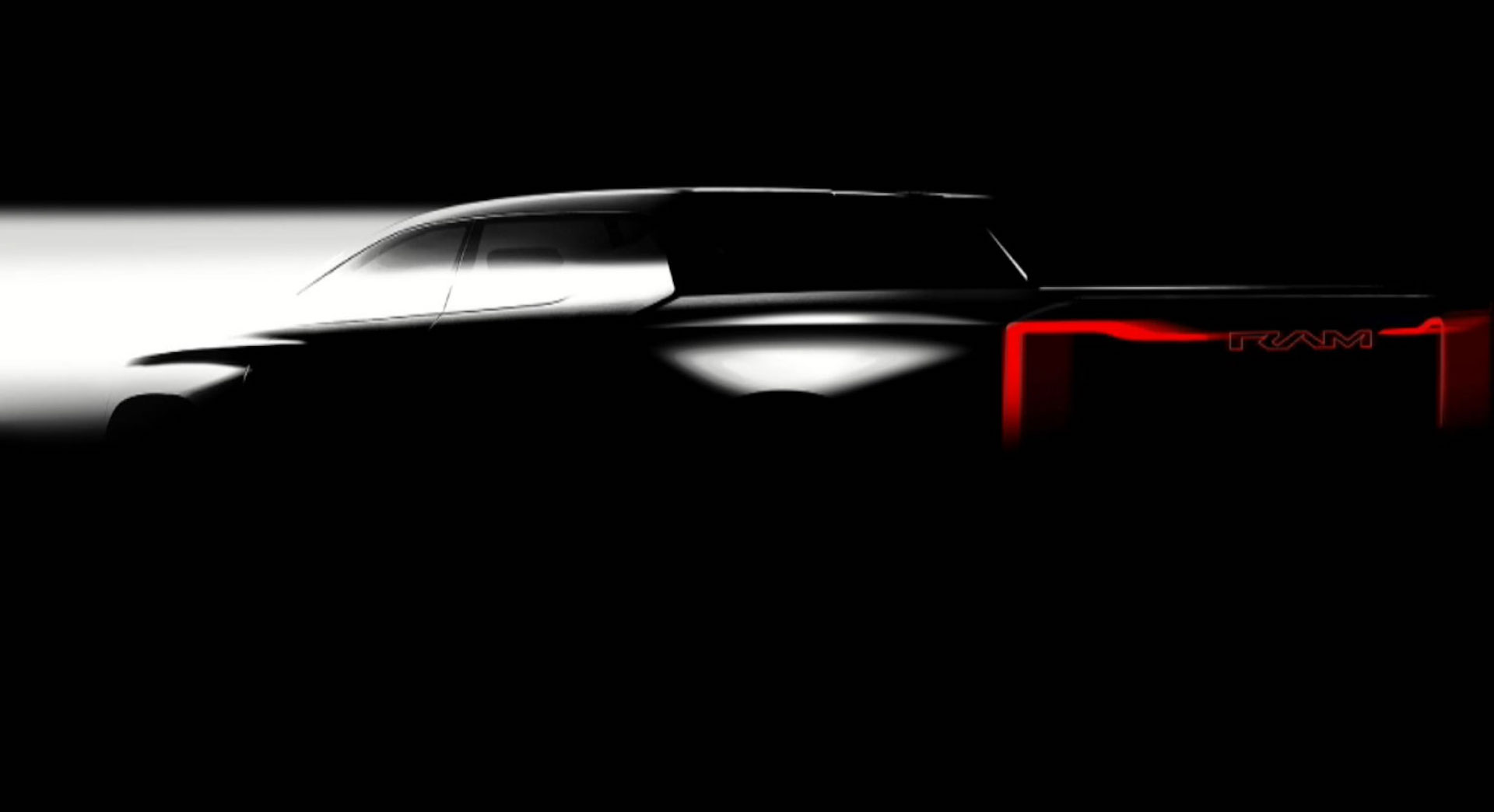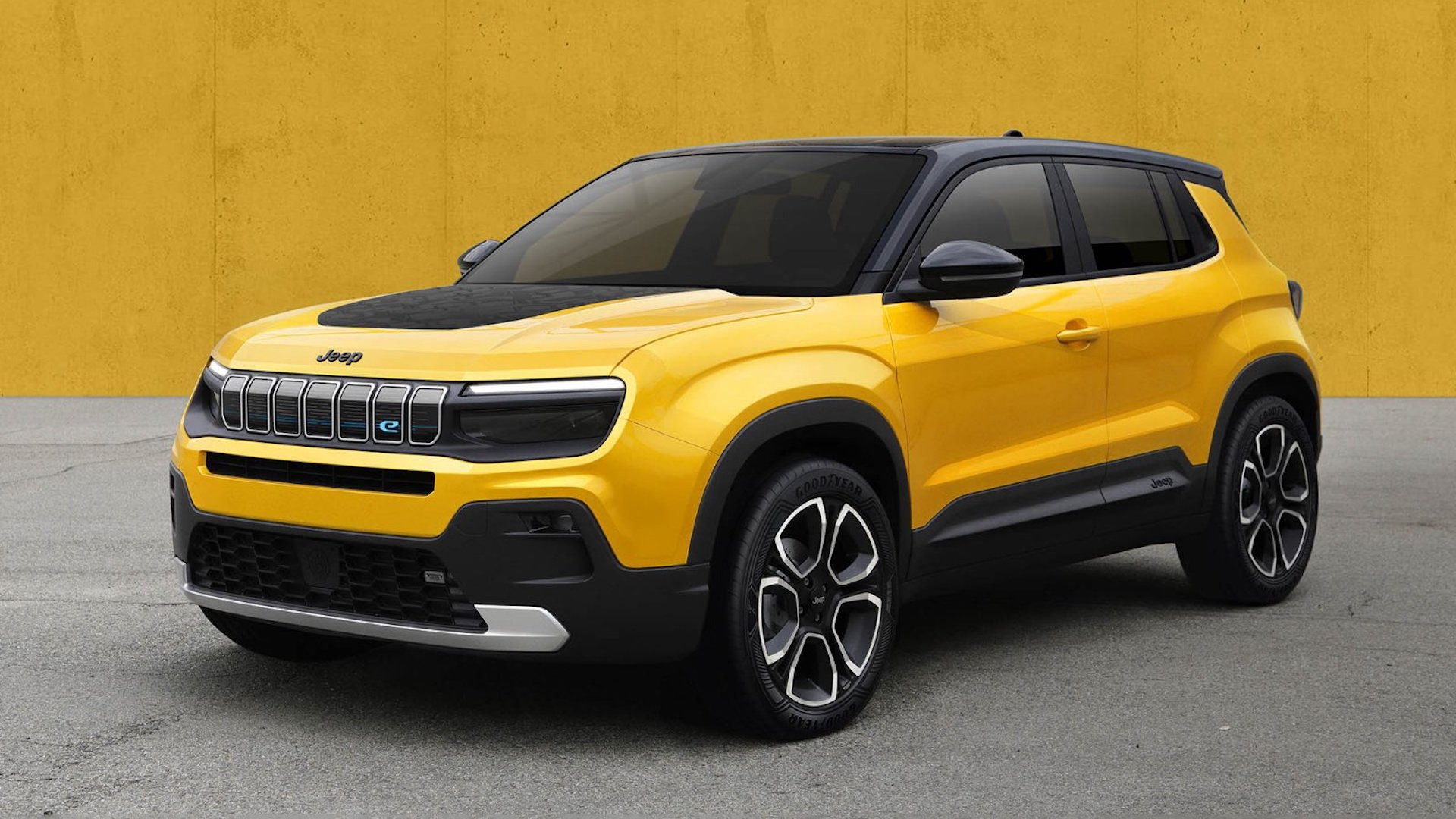During the presentation of the “Dare Forward 2030” strategic plan for the next decade, Stellantis committed for all of its brands to go all-electric in Europe by 2030, setting the goal of carbon neutrality on a global scale by 2038.
By the end of the decade, Stellantis plans on exceeding 5 million annual sales of electric vehicles, offering more than 75 EVs in the market as part of 100 new product launches between 2022 and 2030. The carmaker wants EVs to account for 100% of sales in Europe and 50% of sales in the US across all Stelantis brands. The company added that it’s also targetting a reduction of carbon emissions by 50% until 2030, before reaching net zero by 2038.
Besides the announcement of future targets, the presentation included preview sketches of the first fully electric Jeep coming in early 2023 and the Ram 1500 BEV pickup following in 2024, together with the announcement of the Ram ProMaster electric commercial van for 2023. The total of over 75 EVs announced by 2030, will include more than 25 electric cars and trucks for the US market, plus 26 new and fully electric commercial vehicles across all segments.
Carlos Tavares, Stellantis CEO, said: “Our journey is fueled by a focus on innovation and engineering excellence that will put the latest technology into all our vehicles – from the most affordable to the high-performance and luxury”. He also said that they are aiming to be number one in “customer satisfaction for our products and services in every market”.
Despite the expenses related to electrification, Stellantis aims to double its net revenues to €300 billion by 2030 and sustain double-digit adjusted operating income (AOI) margins throughout the decade. Specifically for the premium and luxury vehicle segments, the CEO expects new car revenues to increase fourfold.
Read Also: Stellantis To Spend $35 Billion On Electrification Strategy For All 14 Brands By 2025
In terms of autonomous driving systems, Stellantis will improve from the current Level 2 offering to Level 2+ (hands-free) this year, before introducing Level 3 (hands-free / eyes off) in 2024 in collaboration with BMW. Level 4 and Level 5 (fully autonomous vehicles) will follow later in the form of service offered by Waymo.
The battery capacity production will increase to 400 GWh, an increase of 140 GWh than in the previous plans. At the same time, the use of hydrogen fuel cell technology will be expanded from medium vans to large vans in 2024, and arrive in the US in 2025 with further expansion to heavy-duty trucks later on.
Other important elements for Stellantis are the diversity, operational excellence, and the wellbeing of its workforce which currently spans 170 nationalities across six regions. Women will be holding at least 35% of leadership roles, while the group will double the number of leaders that have responsibility for profits and losses.
Finally, one-third of the global sales by 2030 will happen online, thanks to a new digital marketplace providing access to the entire portfolio of Stellantis’ products and services.




